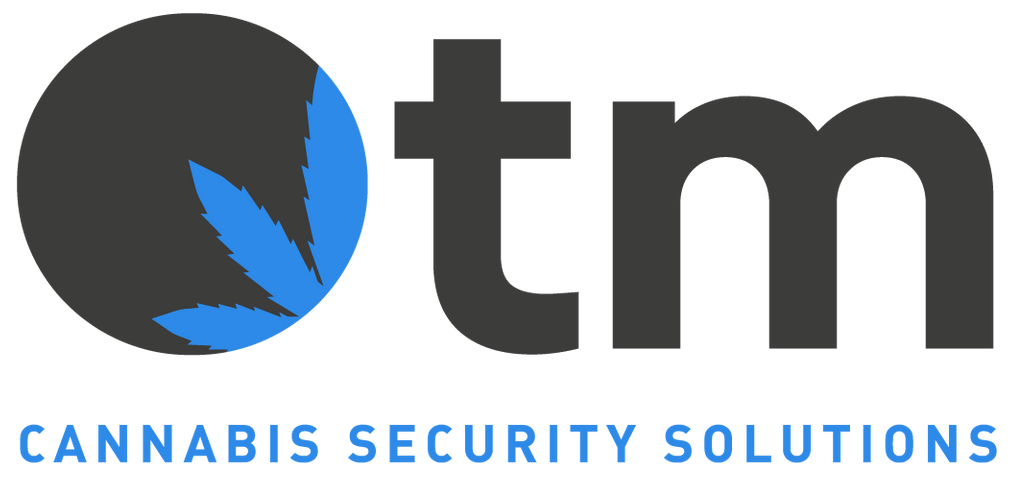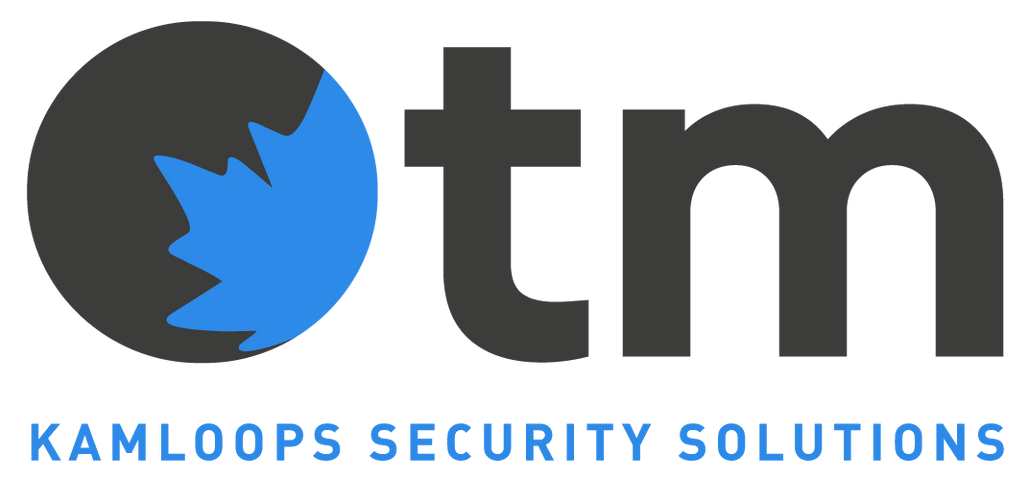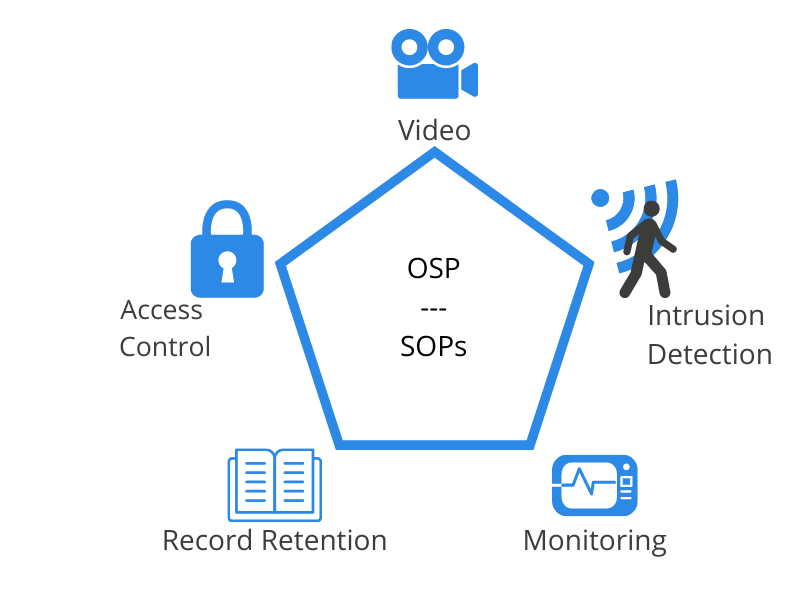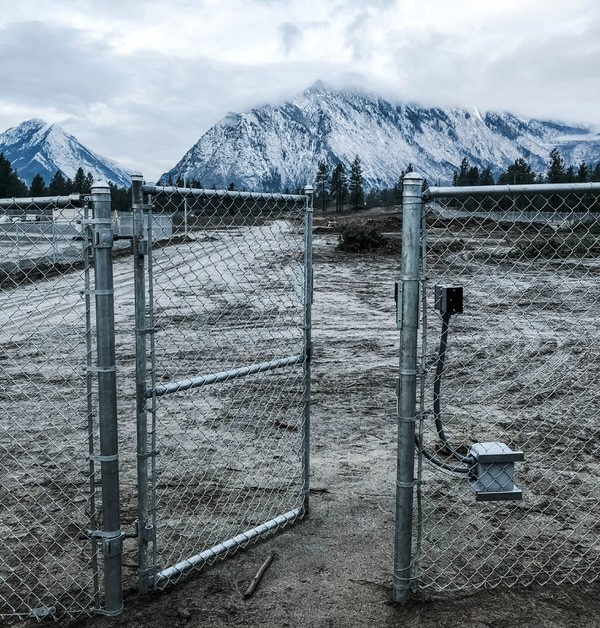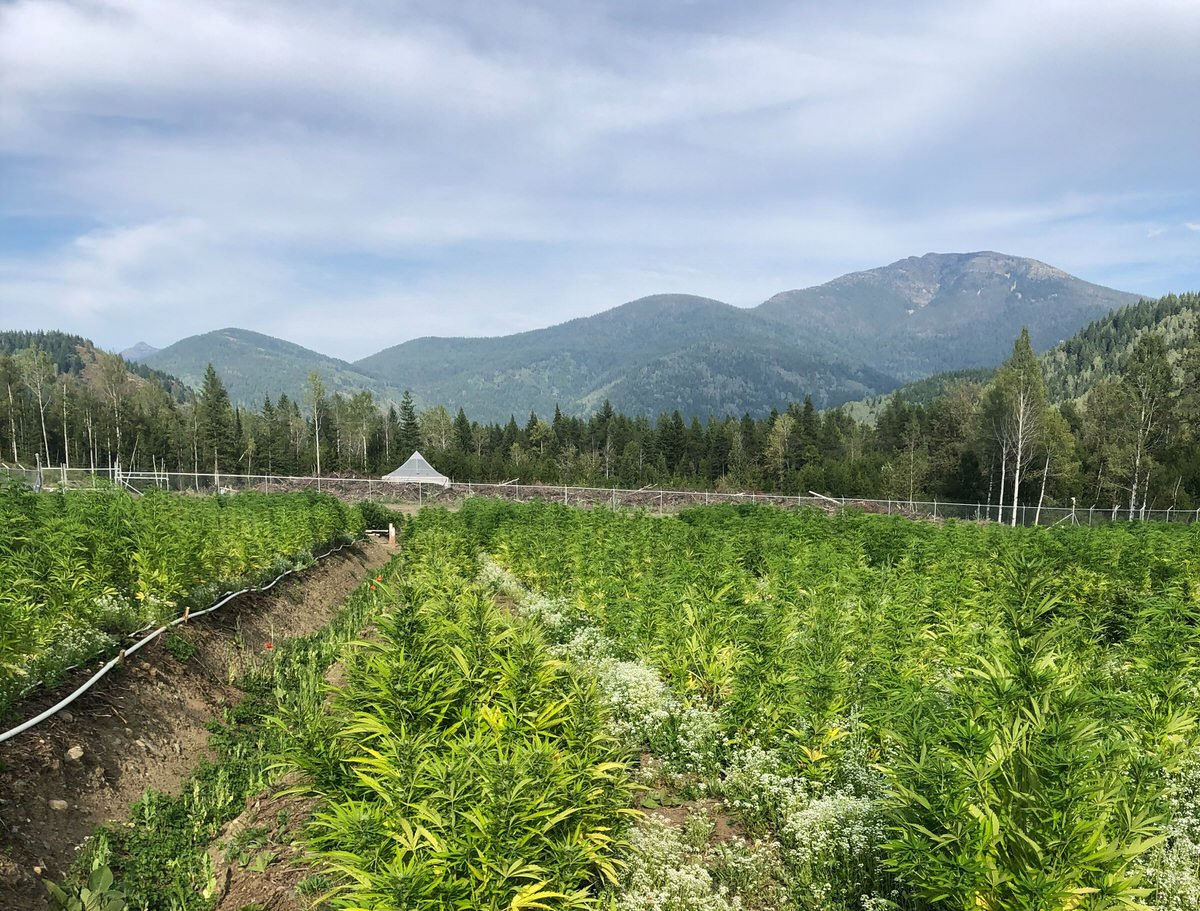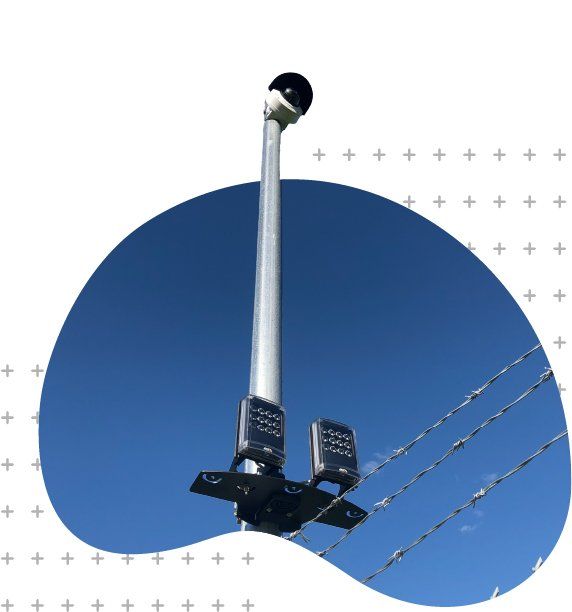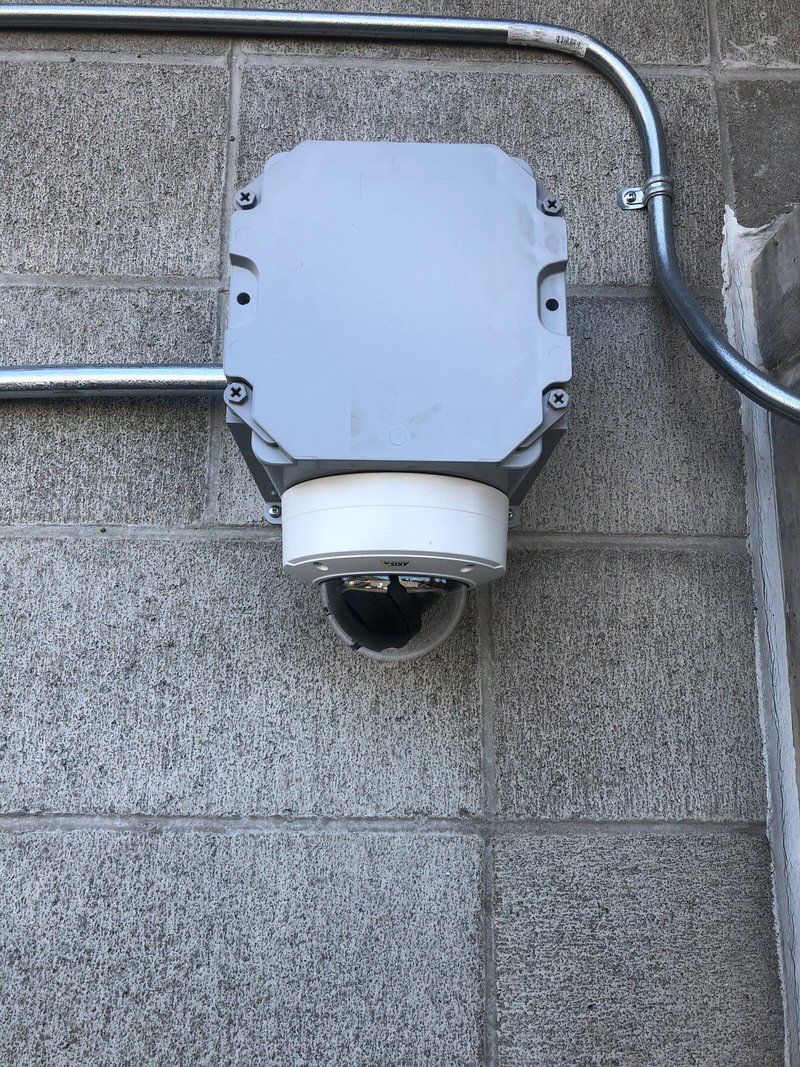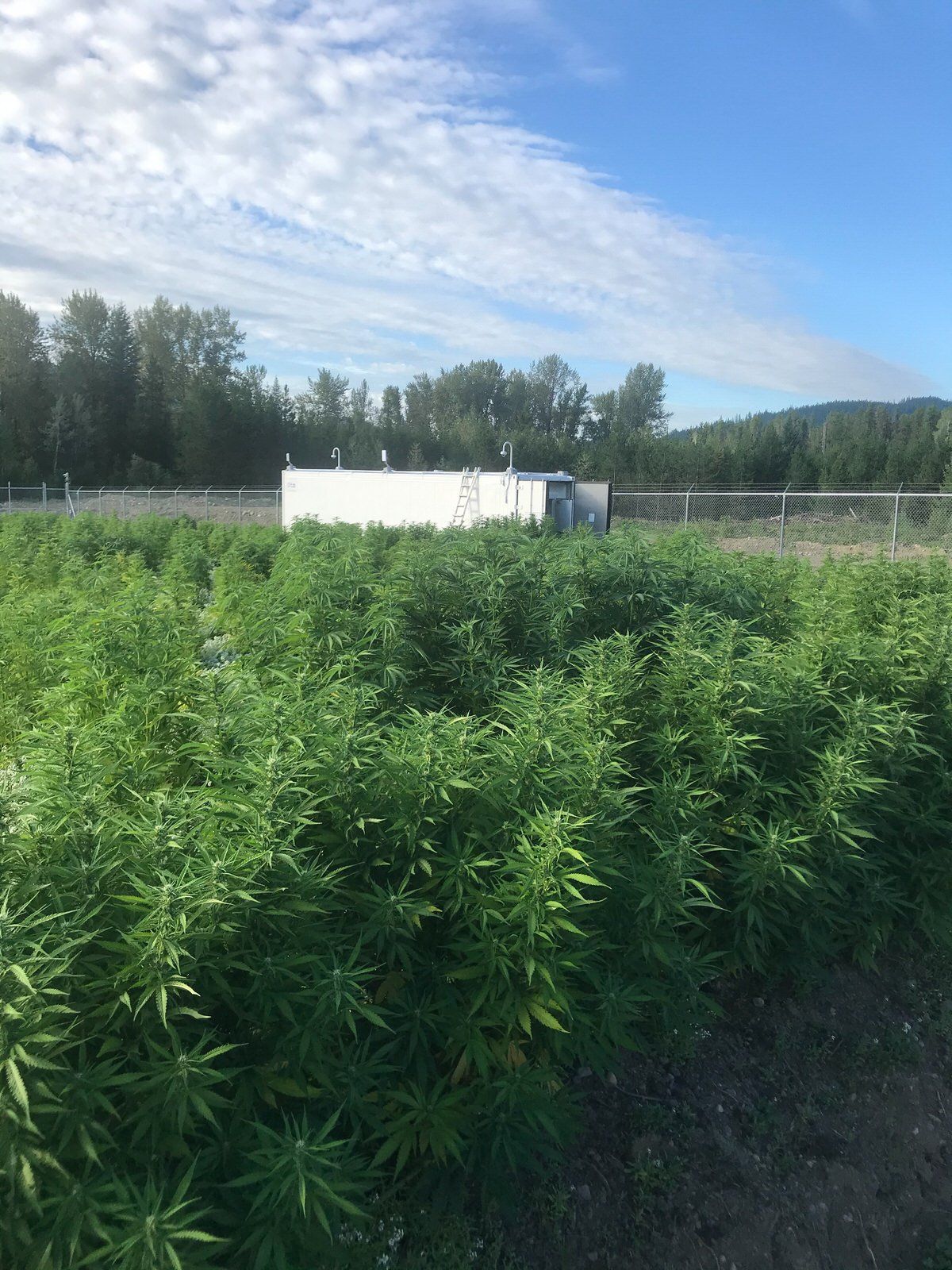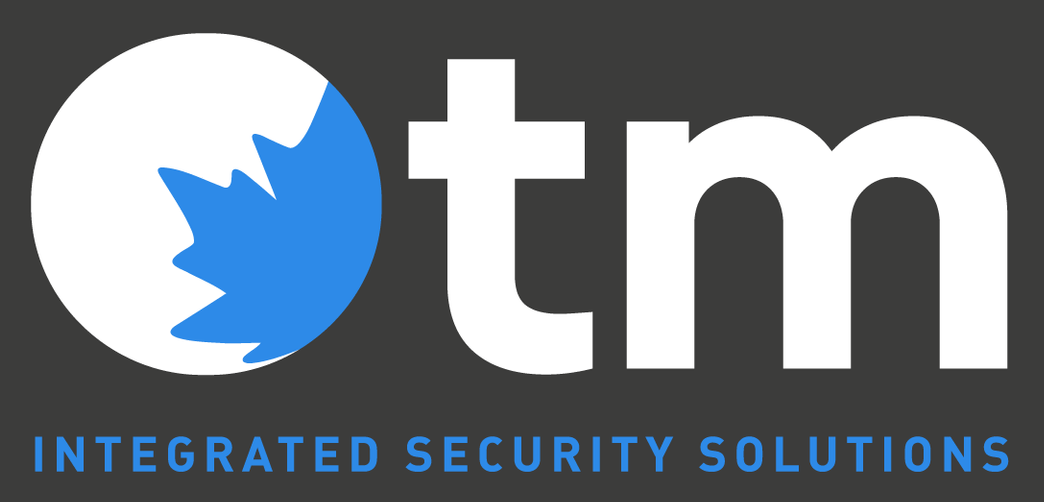Cannabis Regulations Part 4 - Physical Security Measures - An Overview
by Jason Tobias, July 13, 2021
If you’ve sat down with Part 4 of the regulations and are now wondering what on earth it all means, we want to help.
This quick guide is for anyone applying for a Standard Processing, Standard Cultivation or Medical Sales with Possession licence.
Before we begin, one piece of advice when applying for a Health Canada licence.
👉 Take the time to read the regulations.
This sounds obvious. But we’re serious. Anyone can read and understand these regulations. Knowing the rules puts you in a position of POWER when dealing with consultants, contractors and Health Canada.
Unfortunately, the regulations are… confusing. There are ambiguities and contradictions. Health Canada’s explanations and internal training documents are even more voluminous. We’ve been dealing with this stuff since before legalization and we still encounter new twists. It is a beautiful yet Sisyphean struggle.
We recommend the official
Guide to Physical Security Measures.
If you want more information on Health Canada regulations or would like a copy of Health Canada’s internal training guides please drop us a line. But be warned! We love talking about this stuff.
Summary
In this article we talk about:
Five Components of Physical Security Compliance: Video, Intrusion, Access Control, Monitoring and Record Retention
The Site Perimeter
Areas Containing Cannabis: Storage and Operations
Physical Barriers
Operations: Organizational Security Plan (OSP) and Standard Operating Procedures (SOPs)
How it all fits together
Keep in mind we are only talking about the regulatory aspect here. There are many other risk management, commercial and liability aspects that we aren’t going to discuss in this article.
We don’t cover every edge case here. so call us to discuss the specifics of your project.
Consultations are always free and confidential.
Physical Security Compliance - The 5 Elements
📷 Video Surveillance
Like Breaking Bad’s Mike Erhmentraut, Health Canada brooks no half measures with Video Surveillance. Video Surveillance, where required, must be comprehensive. That means no blind spots!
Choose video cameras that:
- Are vandal and tamper resistant
- Can work in day and night conditions
- Weather resistant
- Rated for cold weather if used outdoors
- Have sufficient image quality to detect the presence of a human. You don’t need to be able to see the human’s face, just what they are doing
- Have low bandwidth requirements - 365 days footage storage required
We like
Axis Communication PoE Dome Cameras.
Bosch and
Avigilon also make camera systems popular for cannabis applications. Avoid low end cameras with poor image quality, higher bandwidth requirements and weak cyber threat protection.
There are many camera layout
design tools that you can use to ensure complete video coverage. In some cases, manufacturers will even do the design for you
for free before you buy the cameras.
🚷 Intrusion Detection
Whole books and reddit threads cover this topic. There is virtually no end to the intrusion detection solutions on the market. They range from cheap and ubiquitous IR motion detectors to military grade long range radar systems.
To quote Health Canada:
“Some examples of intrusion detection devices are door or gate contacts, fence intrusion detection sensors, photoelectric beam sensors, passive infrared motion detections, curtain motion detectors, video analytics, seismic sensors, and glass break sensors.”
"[Intrusion detection must detect] any attempted or actual unauthorized access to the site.”
There is no one size fits all and the project will dictate the intrusion detection solutions. Balance the need for adequate coverage without overwhelming the Head of Security with nuisance alarms. (Refer to our upcoming article on alarm management and record keeping)
Designing a system that can differentiate between attempted unauthorized access and other benign activities is key. Even “smart” systems can struggle with this, especially in unpredictable outdoor environments. More expensive solutions are not always more effective but effective solutions tend to be more expensive. Saving money on the front end usually means carrying a long term operating cost for dealing with false alarms and other issues.
Intrusion detection manufacturers often provide specifications, software or free design support.
🔐 Access Control - Restricted Access
“Access to each operations area and storage area must be restricted to individuals whose presence in the area is required by their duties”
There are two main ways to do this. Good old lock and key or electric locks paired with card readers. This applies for fence gates, exterior doors and interior doors. Rollup doors and sliding gates can be secured with an interlocked motorized opener combined with a locking mechanism.
For smaller sites with few staff and few doors, lock and key is usually enough. Deadbolts with an integrated standalone keypad or card reader can be a good solution to simplify key management.
When keys are required we recommend a solution like the
Abloy Protec2. These keys can not be copied and are designed to allow for key management across multiple doors and users.
For larger sites with lots of staff the use of digital access control (scannable credential plus a PIN code) becomes practical. Credentials and PINs can be managed remotely from a centralized portal. Access authorizations can be segmented according to roles and responsibility.
📋 Record Retention
Record retention is one of the most critical aspects of maintaining and demonstrating compliance, despite being often overlooked during the design phase. Failure to comply with Health Canada’s record retention requirements is one of the most common physical security deficiencies.
The onus is on the LP to show compliance. Those without a clear audit trail risk non-compliance and the loss of their ability to sell product.
Check out Table 2 on page 20 of the Physical Security Measures Guide for Cannabis.
Retaining records is only the start. The Head of Security needs to respond to every event and document what corrective measures she took. There are a variety of simple solutions on the market that can be integrated into a compliant platform. Proactive event management is critical and must be performed continuously. Good luck trying to figure it out once the Health Canada inspector is in your office.
The regulations allow for record storage digitally on premise, in the cloud or on paper. If records are stored in the cloud or another offsite backup then the Head of Security must still be able to access everything from site.
The same goes for video footage aka Visual Recordings. “Only” one year of footage is required and (believe it or not) Health Canada will insist that you not store your video footage on paper.
Depending on the number of cameras and the speed of your internet connection either cloud or on premise storage can be practical. Selecting the right cameras and optimizing bandwidth usage will help reduce the total archive size and in turn reduce costs.
An offsite backup is recommended regardless of which primary storage method you use. Ensure that procedures are designed to ensure that malice or user error doesn’t result in lost or tampered records.
📊 Monitoring and Response
There is no doubt that when Health Canada says intrusion detection systems must be monitored “at all times” they mean “365 days a year, 7 days a week and 24 hours a day”. This gets repeated a lot, lest one assume it is just a suggestion.
Most sites will use a combination of third party monitoring and on premise personnel to meet this requirement. A good option is push notifications to the Head of Security’s mobile phone augmented with third party monitoring during off hours.
For very large sites it may be practical to have full time personnel who attend to the intrusion detection system at all times. Regardless, it is still a good practice to have a backup to ensure continuous coverage.
No matter what the size of the site, every detected occurrence (i.e alarm) must be documented and an “appropriate measure” taken. This is where the Standard Operating Procedures (SOPs) come in. Appropriate measures can include recording, notification, investigation, escalation or corrective/preventive actions.
If Health Canada finds a large number of false alarms (or conversely a suspicious lack of events) they will check that the Head of Security is following proper protocols and the security system is functional. Too many false alarms often lead to “alarm fatigue” meaning no one takes them seriously anymore. That is, until an inspector comes and writes an observation.
The Site Perimeter
Also known as the Perimeter or sometimes the secure perimeter. This one is subject to some interpretation.
“Licence holders should choose their perimeter carefully considering the requirements of...the Cannabis Regulations.”
Top priority, the site must be designed in a manner that prevents unauthorized access. This means the perimeter should be a solid barrier that can’t be easily climbed or breached. Health Canada references the rings of protection concept (aka Concentric Circles of Protection).
For an outdoor cultivation site the perimeter will generally be the fence line.
For an indoor facility, the perimeter is usually either the building envelope or an exterior fence. In some cases a combination of fence and walls will be used. For units that share walls with neighbours, interior walls can be part of the perimeter.
No matter what, the perimeter needs to be designed so that it can be monitored by video surveillance and intrusion detection. Planning ahead and defining the perimeter with this in mind can simplify the site security system and reduce costs.
Areas Containing Cannabis - Storage and Operations
“storage area means, in respect of a site set out in a licence, an area of the site where cannabis is stored.”
“operations area means, in respect of a site set out in a licence, an area of the site — other than a storage area — where cannabis is present as a result of any activities conducted under a licence. It includes a grow area.”
“grow area means, in respect of a site set out in a licence, an area of the site where cannabis plants are cultivated, harvested or propagated.”
This is where the regulations become tautological.
Is cannabis being stored if I step out of the room and leave it unattended? What if I leave it overnight? What if I put a cannabis product in the fridge and spin around three times with my eyes closed?
Okay, deep breath. We consider an area to be “storage” when cannabis is present and typically unattended. Everywhere else that cannabis is present is “operations”. If you’re growing weed in there, it's a grow area.
Physical security requirements for both operations and storage areas are almost identical. The distinctions become relevant in the following situations:
- Storage Areas require access logs while operations areas do not. This might impact what kind of access control you install.
- Grow areas only require video surveillance at the entry and exit points, not inside the grow area.
- Grow area intrusion detection systems are not required to detect unauthorized movement.
- Requirements for adding areas to licences vary depending on the area’s classification. Some changes require prior approval from Health Canada.
Physical Barriers
This one is mostly common sense but check out pages 13-14 of the Guide.
Additional security measures may be required to satisfy your personal risk tolerance or your insurance company.
Notice that barriers are to delay intrusion. No mention here of heavy barricades, bollards, moats, electric fences or vaults.
Operations: Organizational Security Plan (OSP) and Standard Operating Procedures (SOPs)
"...SOPs need to capture the risk mitigation measures that are in place to prevent, identify and respond to potential incidents that could result in the diversion of cannabis to or from the illicit market.”
A standard operating procedure (SOP) is a documented procedure that instructs employees on how to do or complete a specific task.
Make sure that SOPs are written so that they can be used and understood by the humans using them. SOPs are meant as living documents so if they don’t work, change them. We’ll have an upcoming article on the art and science of drafting SOPs coming soon.
There are 5 physical security “themes”, previously known as SOP Priority Areas, that must be addressed by your SOPs. How you do this will depend on your facility and the type of security system installed. No matter what, creating an audit trail to show compliance is critical.
How it all Fits Together
These five physical security elements map to the four areas as shown in the table. Record Retention shows up twice because it applies to both Areas and Physical Security.
| Perimeter | Operations - Non Cultivation | Operations - Cultivation | Storage | 📋 Record Retention | |
|---|---|---|---|---|---|
| 📷 Video | FULL | FULL | Entry / Exit Only | FULL | One Year of Video Footage |
| 🚷 Intrusion | FULL | FULL | Entry / Exit Only | FULL | All Detected Events for 2 Years |
| 🔐 Access Control | FULL | FULL | FULL | FULL | |
| 📊 Monitoring | 365/24/7 | 365/24/7 | 365/24/7 | 365/24/7 | |
| 📋 Record Retention | Entry / Exit |
Confused by the regulations or not sure where to start?
Book a call with Jason for a free consultation about your cannabis project.
We specialize in security systems for Health Canada compliance.
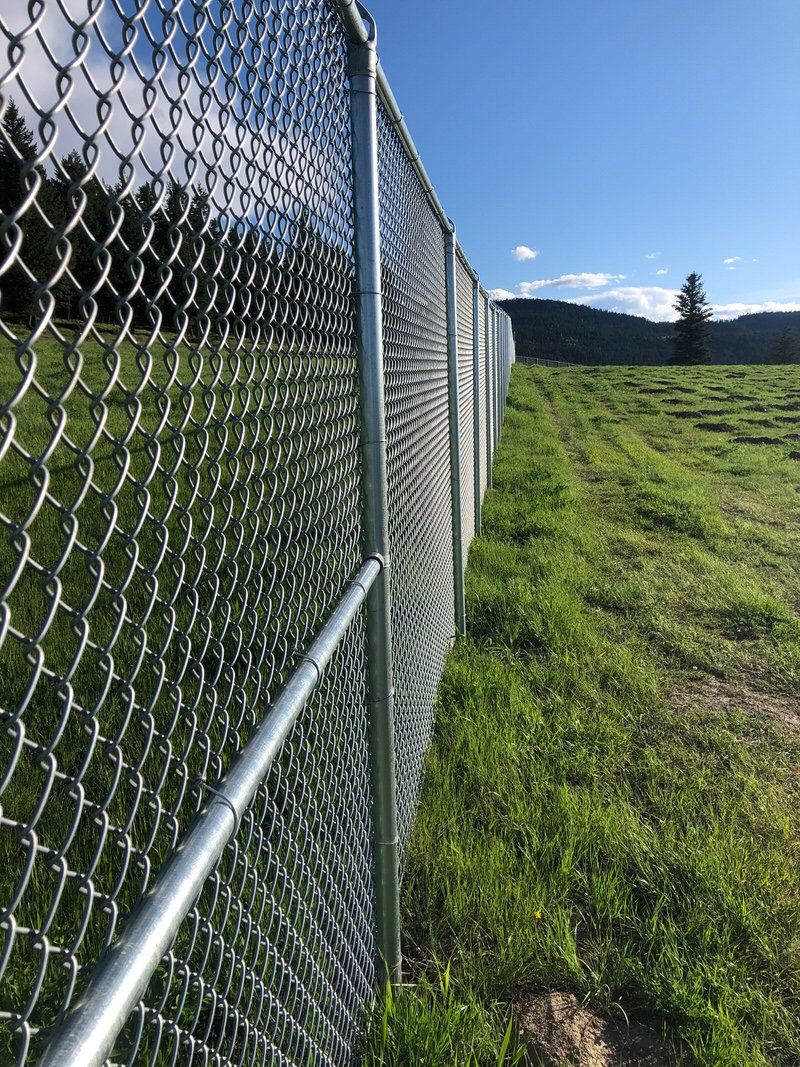
/ CONTACT
Let's talk, meet,
work together.
Send us an email.
Let's Connect:
New Paragraph
All Rights Reserved | Otm Systems Ltd. | BC Security Licence B6543 | BC Contractor LEL0209876
Privacy Policy | Terms | Disclaimer
